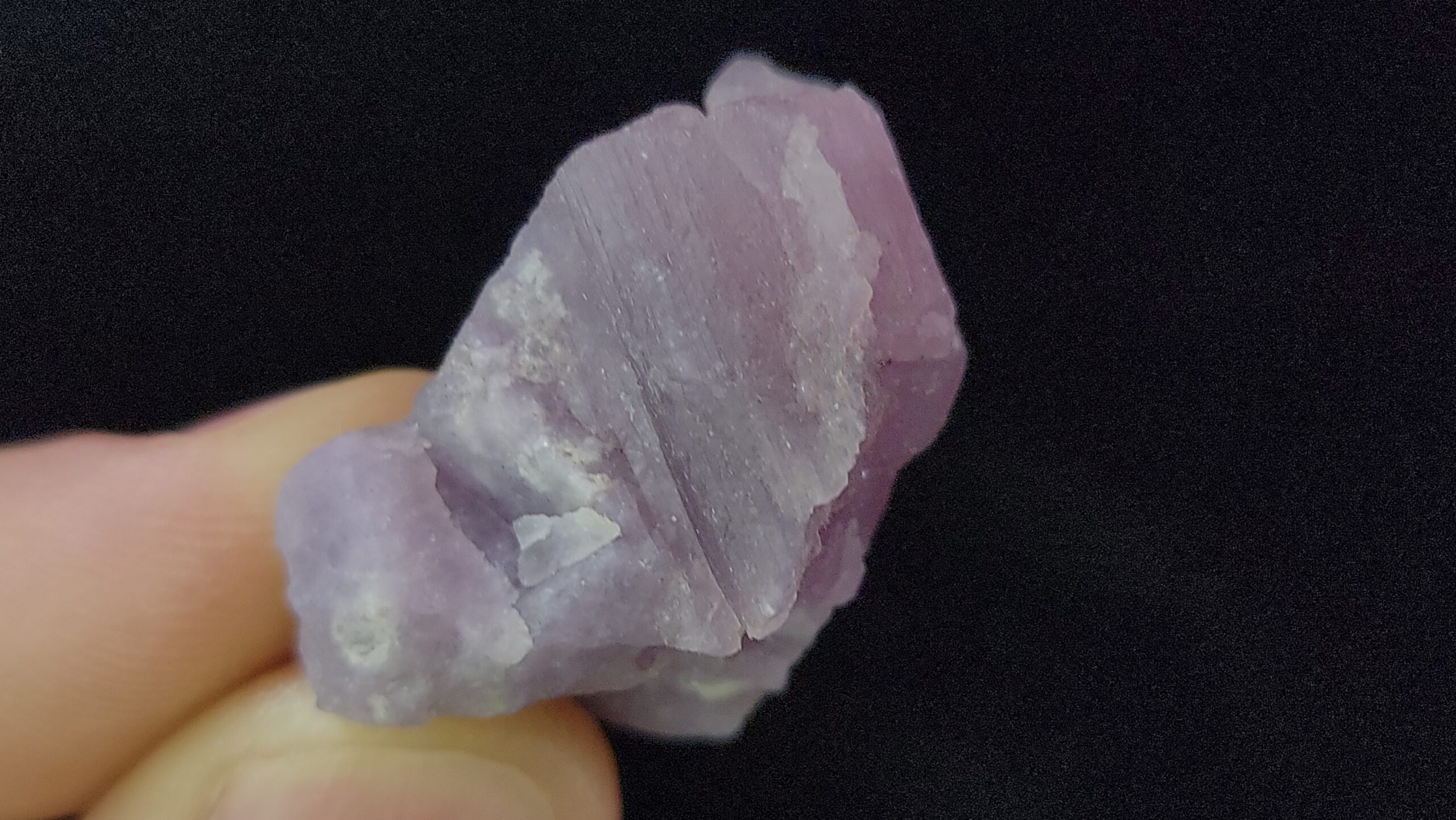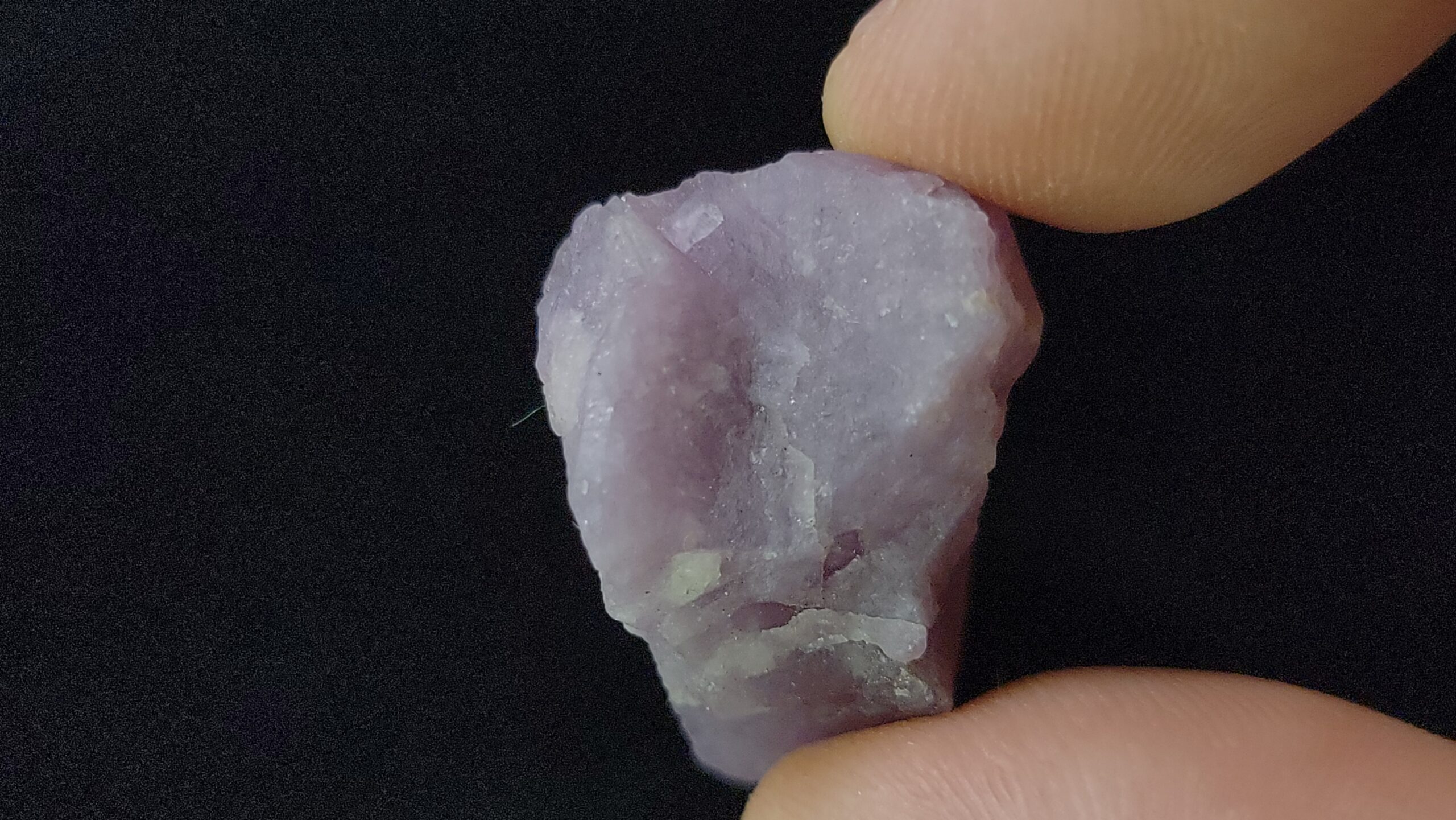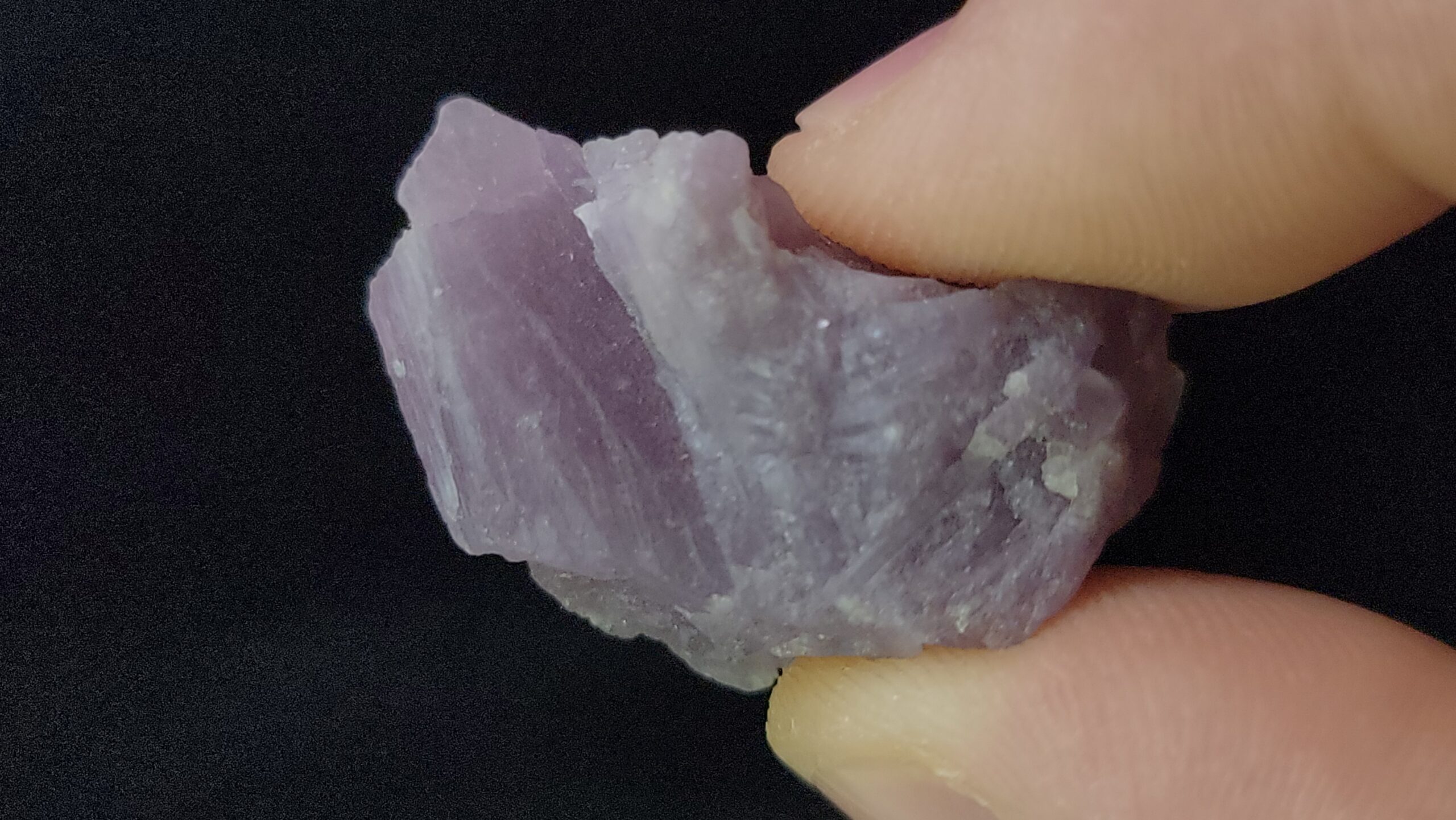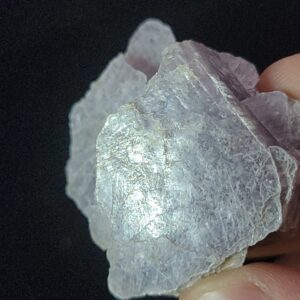Description
The Brown Derby Mine is famous as the only location in Colorado where you can find Samarium in the Monazite-Sm and Cesium in the Pollucite, and one of the only places where you can find Niobium, Tantalum, and REEs in many of the additional minerals rarely found elsewhere. Rubellite, however, is found in one other Colorado location and nearly 200 locations worldwide.
According to Wikipedia, “Rubellite is named after the Latin word rubellus, meaning “reddish”. The word rubellite was first used in the year 1794. The gem is also called aphrite, apyrite, rubelite, or rubylite. Its hardness is 7.0–7.5 and its specific gravity is around 3.06″
According to Mindat, “the Brown Derby Mines are a grouped REE (microlite)-Li-Be occurrence/mine in the NW¼ NE¼ sec 3, T49N, R3E, NMM, near Ohio City. The property consists of 2 claims. Mineralization is a series of 15 zoned pegmatite dikes (3 detailed), hosted in metadiorite. Workings include surface and underground openings comprised of 16 pits, 2 inclines and 2 tunnels.
It’s located in the Quartz Creek pegmatite district, which includes an area of about 29 square miles in the vicinity of Quartz Creek in Gunnison County, Colo. This area contains 1,803 pegmatites that are intruded into pre-Cambrian rocks. The rocks exposed in the district range in age from pre-Cambrian to Recent. The oldest pre-Cambrian rocks are chiefly quartzites interbedded with a few arkoses and conglomerates. These rocks are surrounded by more abundant hornblende gneiss and tonalite. A small body of hornblende-biotite tonalite and two thin layers of dacitic pillow lava are present. The hornblende gneiss and tonalite have the same composition and differ only in texture. The older material (hornblende gneiss) has a well-marked lineation, whereas the younger (tonalite) is equigranular. Subsequently, a large body of quartz monzonite was intruded along the northern boundary of the mapped area. Later, coarse-grained granite was intruded in the southern part of the area. Dikes of fine-grained granite cut the coarse-grained variety. The last stage of igneous activity in the pre-Cambrian is marked by a large number of pegmatitic intrusions…
Staatz and Trites describe the pegmatite minerals in detail with special attention to compositional variations determined by differences in refractive index.
A total of 27 minerals have been found in the pegmatites of the Quartz Creek district. Perthite, plagioclase, and quartz are the essential minerals and form 95 to more than 99 percent of most pegmatites. Only a very few pegmatites have units rich in muscovite; this mineral cannot be considered an essential mineral of the pegmatites of this district. The common accessory minerals… in order of their frequency, are: muscovite, garnet, biotite, magnetite, and beryl. The quantity of these minerals in any particular pegmatite is small; muscovite commonly ranges from 0.5 to 3 percent; garnet, from 0.5 to 1 percent; biotite and magnetite, less than 1 percent; and beryl, a few small crystals. The other 19 minerals are… considered rare accessory minerals. They also commonly amount to only a small fraction of 1 percent of any pegmatite…
Accessory minerals include Tourmaline, Columbite-tantalite, Monazite, Lepidolite, Microlite, Chlorite, Topaz, Gahnite, Samarskite, Epidote, Apatite, Fluorite, Spodumene, Amblygonite, Allenite, Lithiophyllite-Triphyllite, Betafite, and Chrysocolla.”















Reviews
There are no reviews yet.